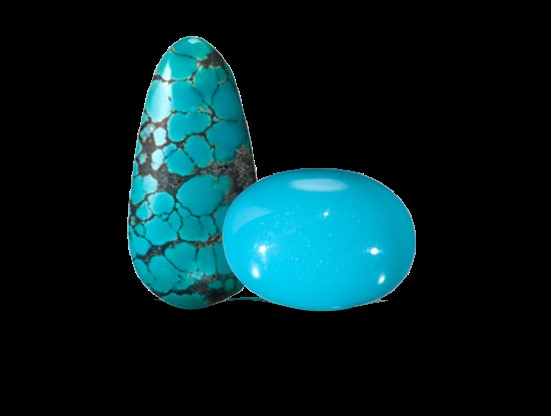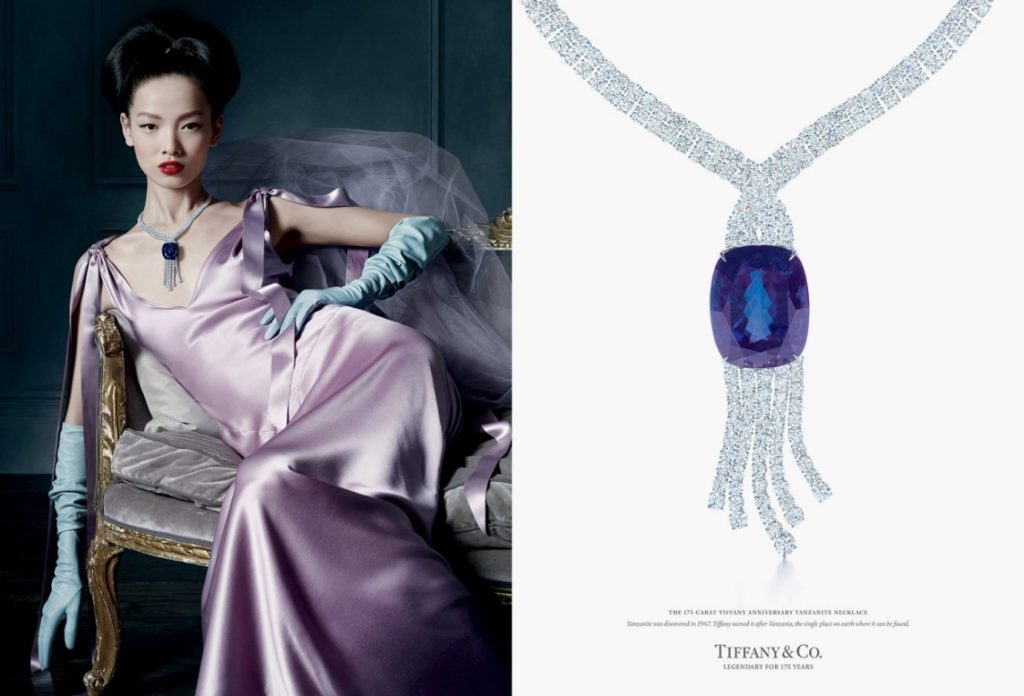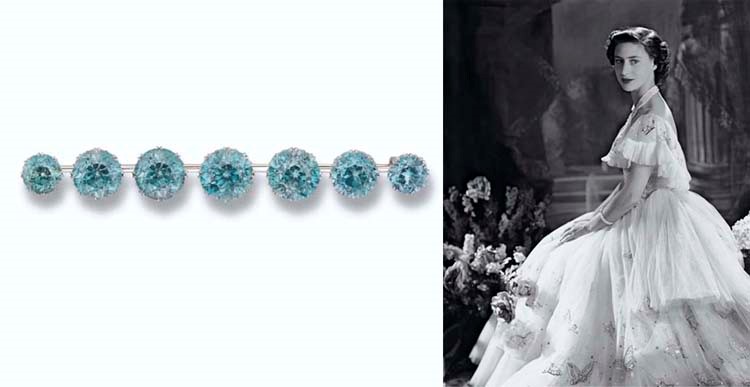December birthstones
When imagining the colours associated with the last month of the year, people tend to think of Christmassy reds and greens, however; December’s birthstones are much more representative of its wintery chill.
Turquoise:
Whether you refer to it as “robin’s egg blue,” “sky blue” or “Persian blue”, for centuries people have been captivated by the unique colour unique colour of turquoise gemstones. In particular, Ancient Egyptians, had such an affinity with the stone that they invented a way to recreate its one-of-a-kind appearance.

Being one of the world’s oldest gemstones, Turquoise has had many mystical qualities attributed to it by different cultures around the world, yet all view the blue gems as a talisman of good fortune.
For more than 1,000 years, Turquoise has been mined in the Nishapur district of Iran, as well as having a lengthy heritage in New Mexico. Turquoise can also be found in the US, in a number of whimsically named mines, such as Arizona’s Sleeping Beauty mine.

Famous uses of Turquoise were discovered in the tomb of Tutankhamun, but a slightly more contemporary example is this stunning necklace owned by Wallis Simpson. Designed by Cartier, the bib-style necklace features a complimentary mix of amethysts and turquoise gems which dazzled guests when the former Duchess wore it to a gala at Versailles in 1953.
Tanzanite:
Kate Winslet’s character, Rose Dawson, enthralled viewers of Titanic with her striking “Heart of the Ocean” necklace and it instantly became an iconic piece of film jewellery. However, whilst the gem was described in the film as a blue diamond, it was in fact a huge tanzanite gem, as little compares to the way its velvety, rich blue colour translates on screen.

It was this luxurious shade of blue that led Henry Platt, the President of Tiffany & Co., to declare tanzanite, upon its discovery in 1962, as “the most beautiful gemstone to be discovered in 2000 years”.

The infamous jewellers quickly realised that tanzanite had universal appeal and so, they quickly became its major distributors. In fact, it is thanks to Tiffany & Co.’s love of the gem that we are able to appreciate it the way it is today. Initially, miners referred to the gemstone as the mineral zoisite but, in 1968, Tiffany launched a major advertising campaign for the gemstone, which saw it renamed in honour of its country of origin – Tanzania. In the advertisements, Tiffany proudly declared that the prized gem could only be found in two places: Tanzania and Tiffany’s.
Zircon:
Many people may only know December’s third birthstone as a cheaper alternative to diamonds, or perhaps even confuse it with synthetic cubic zirconia, but zircon has a much richer history.
Found in Australia and Sri Lanka, zircon is the oldest mineral on earth, dating back an astonishing 4.4 billion years and, whilst its most known colourless, zircons can be found in a variety of colours – from chocolatey browns and canary yellows, to striking blues and opaque. Complimenting tanzanite and turquoise, it is the blue variety of zircon which completes December’s trio of birthstones. A lesser-known fact about blue zircons is that virally all of them start off brown and it is a heat treatment which transforms them to their highly sought-after colour.

After experiencing great popularity during the Victorian period, blue zircons are often found amongst antique English estate jewellery and, with exceptional fire and scintillation, it’s clear to see why the gems were so loved. Well-known gemmologist, George Frederick Kunz was a great zircon admirer and proposed a name change to “starlite” to reflect the gemstone’s light reflecting qualities. Despite his best efforts – and much to our disappointment – the name never caught on.
London DE offer a wide range of diamond and coloured gemstone jewellery, can handcraft any bespoke piece to order. Get in touch with them today to arrange a free consultation and to find your perfect bespoke piece.
Visit their blog to explore similar articles.
By Holly Johnson


